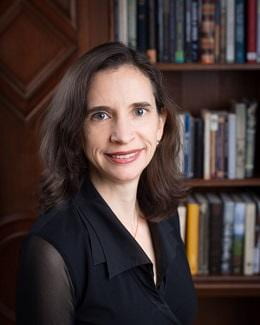Tag Legal History
Our contributing editor Disha Karnad Jani introduces her interview with Prof. Jennifer Pitts (University of Chicago), focusing on her recent book Boundaries of the International: Law and Empire (Cambridge: Harvard University Press, 2018): [soundcloud url=”https://api.soundcloud.com/tracks/583055823″ params=”color=#88642c&auto_play=true&hide_related=false&show_comments=true&show_user=true&show_reposts=false&show_teaser=true” width=”100%” height=”166″ iframe=”true” /]
By guest contributor Pranav Kumar Jain Since the publication of The Last Utopia: Human Rights in History, Professor Samuel Moyn has emerged as one of the most prominent voices in the field of human rights studies and modern intellectual history…. Continue Reading →
by guest contributor Jon Piccini. Human rights are now the dominant language of political claim making for activists of nearly any stripe. Groups who previously looked to the state as a progressive institution conferring rights and duties now seek solace… Continue Reading →
by guest contributor Rachel Q. Welsh In medieval Castile, between about 1050 and 1300, local municipal lawcodes, or fueros, looked to the body for proof of rape. These fueros provided detailed and practical sets of laws and privileges to newly… Continue Reading →
by guest contributor David Kearns Since his death on 13 February 2016, much has been written on Antonin Scalia’s legacy as a Supreme Court justice. A significant strand within this literature has focused on Scalia’s enduring fascination—both in his judgments… Continue Reading →
by contributing editor Jake Purcell I share with JHI Blog editor John Raimo a buzzing affection for philology. On the one hand, it’s a tool I feel I need desperately, helping me to tease out how such fickle things as… Continue Reading →
by guest contributor Matthew McHaffie Eleventh-century France is often described as a feuding society, where social and cultural attitudes towards violence found their meanings in feud and vengeance. From tit-for-tat revenge killings, to conflicts between lords competing for resources, to… Continue Reading →
by John Raimo “Those who don’t know, do theory.” As per Nikolaus Wegmann, this slogan of modern philology touches upon something odd this “ancient form of knowledge” and its persistence into the present day. Philology fitfully attempts to absorb theory… Continue Reading →
by Madeline McMahon In December 1618, the talented scholar John Selden was called before King James to answer for the publication of his Historie of tithes (London: William Stansby, 1618). Selden’s work on tithes (literally, the “tenth” of all goods… Continue Reading →


